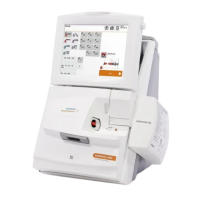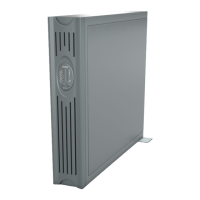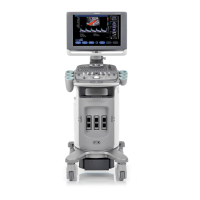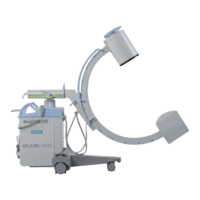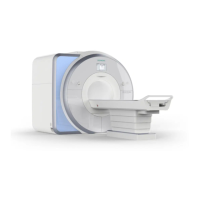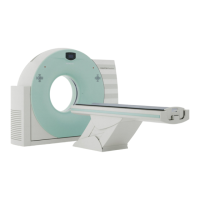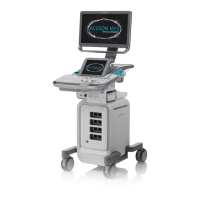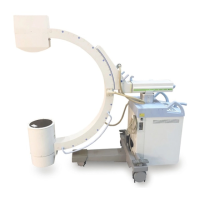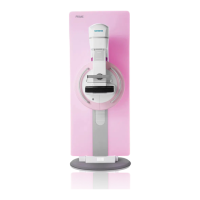8-40 Rapidlab 1200 Operator’s Guide: System Configuration
02087462 Rev. V
Flagging Microsample Results
Some samples start as normal samples but the system analyzes them as microsamples
because the system detects insufficient sample material or bubbles in the sample. Selecting
Flag Microsamples allows the system to identify samples as microsamples and to flag
these results.
1. On the Setup screen, select
Secured Options > Analysis Options.
2. Select
Flag Microsamples.
3. If you want to flag these results as questionable, select
Display Question Result.
4. Select
Save.
Defining Analytical Range Limits
Analytical Range limits enable you to enter high and low range limits for parameters so
you can qualify the patient reportable range. To derive parameter range limit values, you
must first run Calibration Verification Material (CVM), following the procedure that is
described in the insert for the CVM (Cat: 116189). When enabled, the default values are
the high and low instrument ranges for the selected parameter.
Enable Analytical Range functionality by following these steps:
1. At the Setup screen, select
Secured Options.
2. Select
Analysis Options > Analytical Ranges.
Define Analytical Range limits for each parameter by following these steps:
1. At the Setup screen, select
Sample > Analytical Ranges.
At the Analytical Ranges screen a list of parameters displays. The default low and
high instrument range values for each parameter display.
2. Select a parameter in the List box (use the arrow key to scroll down, if needed).
3. Enter limit values for the parameter in the Low and High limit boxes.
Repeat steps 2
–3, as needed, for each additional parameter.
NOTE: Analytical Range limits are not supported for CO-ox fractions.
4. Select
Continue.
At the Setup screen, results out of Analytical Range limits are flagged with a red < or
> sign.
To view Analytical Range results, select
Patients at the Recall screen.
At the Recall screen, any result exceeding Analytical Range limits displays a red < or >
sign, but a limit value does not display next to the < or > sign.
Printed results display a red < or > sign next to the limit value.

